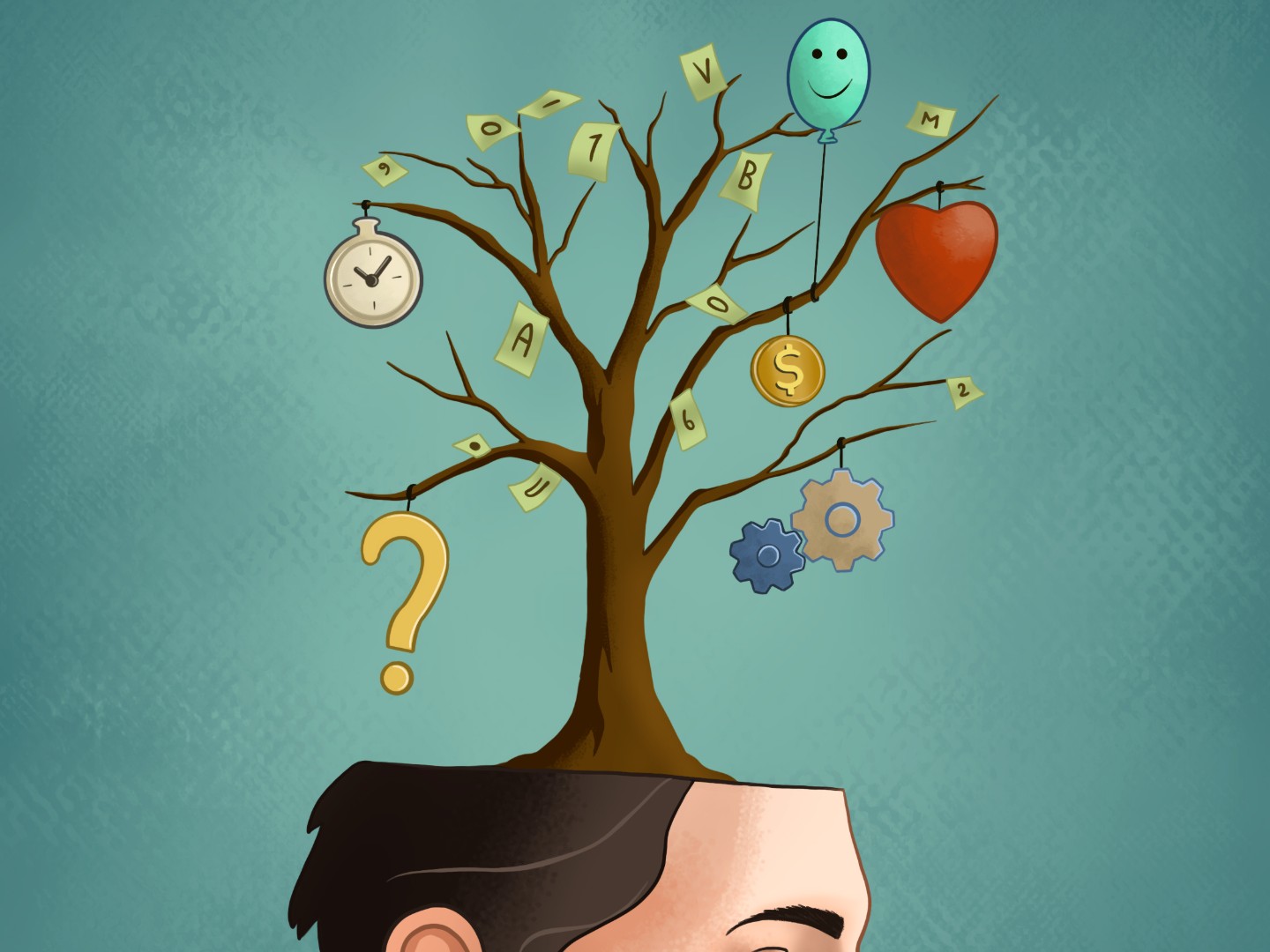Why Teach Monkeys Video Games?

We often think of making decisions as a relatively slow process, one where we weigh carefully the benefits and risks of the potential courses before us. But, let’s face it, if that were the case, we’d never accomplish anything.
So much of our decision-making takes place at a fast pace, and often below the level of what we consider deliberative thinking. Our brains are masters of using past experience and training, building up repertoires of shortcuts to help us decide what to do next. (The immensely creative composer/lyricist Stephen Sondheim once said he forced himself to write music away from the piano, so his hands wouldn’t “automatically” go to the chords they loved.)
Understanding how decisions are made—and where they are happening in the brain—can tell us a lot about how to maximize development, learning, and eventual success as thinking beings.
 David Freedman, PhD, and his team are working to figure out how what we are looking for—our internal models of the world—colors what we look at, to help us make moment-to-moment decisions. On its face, this sounds like a problem of philosophical bias—like our will is somehow laboriously involved in directing our attention.
David Freedman, PhD, and his team are working to figure out how what we are looking for—our internal models of the world—colors what we look at, to help us make moment-to-moment decisions. On its face, this sounds like a problem of philosophical bias—like our will is somehow laboriously involved in directing our attention.
But Freedman wants to explore this issue at the cellular level. How do neurons tell us which parts of the world around us warrant our attention? The brain can’t possibly take in every detail of the entire, rapidly changing environments we inhabit. Instead, neural circuits in the brain need to focus on the stimuli that are most important at the moment. How do they decide which ones?
To explore how neurons select for visual features and transform these into decisions to take action, Freedman and his lab turned to the brain model closest to our own.
And it turns out that monkeys enjoy playing video games.
Back in 2017, Freedman and postdoctoral scholar Guilhem Ibos, PhD, taught monkeys a visual matching game, where the monkeys had to detect images that differed both in color and the direction of motion. Then the pair recorded from neurons in the lateral interparietal (LIP) region of the posterior parietal cortex, known to be involved in guiding attention and planning the rapid eye movements scientists call saccades.
They found evidence that LIP neurons were indeed involved in transforming what the monkeys saw into making decisions, as reflected in their eye movements. The selective attention the monkeys paid to the patterns of color and motion also suggested that LIP neurons detected and processed the images on the computer both by comparing bottom-up sensory inputs (what the monkeys were looking at) and top-down cognitive inputs (what the monkeys were looking for).
More recently, Freedman and postdoctoral student Yang Zhou went on to seek deeper insight into the role of the posterior parietal cortex in this decision-making process. Previous work recording from this brain region revealed that its activity correlated closely with the animal’s decision-making. But, as rigorous thinkers know well, correlation does not necessarily imply causation, and no one knew whether the parietal cortex was directly involved in guiding the monkeys’ decisions during the game.
So, as was reported in Science, Freedman and Zhou trained monkeys the rules of a new video game in which the object was to rapidly assign visual patterns into particular categories. The twist was that Freedman and Zhou could reversibly inactivate certain neurons in the posterior parietal cortex, to see how well the monkeys’ processed the images both with and without them.
They found that those neurons were important not only to movement, but even more to visual decision-making; inactivation impaired not only motor planning but visual discrimination. Bit by bit, by examining the function of each of these neurons, Freedman’s lab is generating a fuller picture of just how the circuits in the brain are organized in order to guide complex cognitive functions such as decision making and learning.
While understanding the structure and function of neural circuits benefits from studying all kinds of animal models, Freedman and many of his colleagues believe that what they learn from our closest animal relatives holds the greatest relevance to unwinding how our own neural systems work. So it’s lucky for us that monkeys find video games as engaging as we do.
Elise Wachspress is a senior communications strategist for University of Chicago Medicine & Biological Sciences Development.